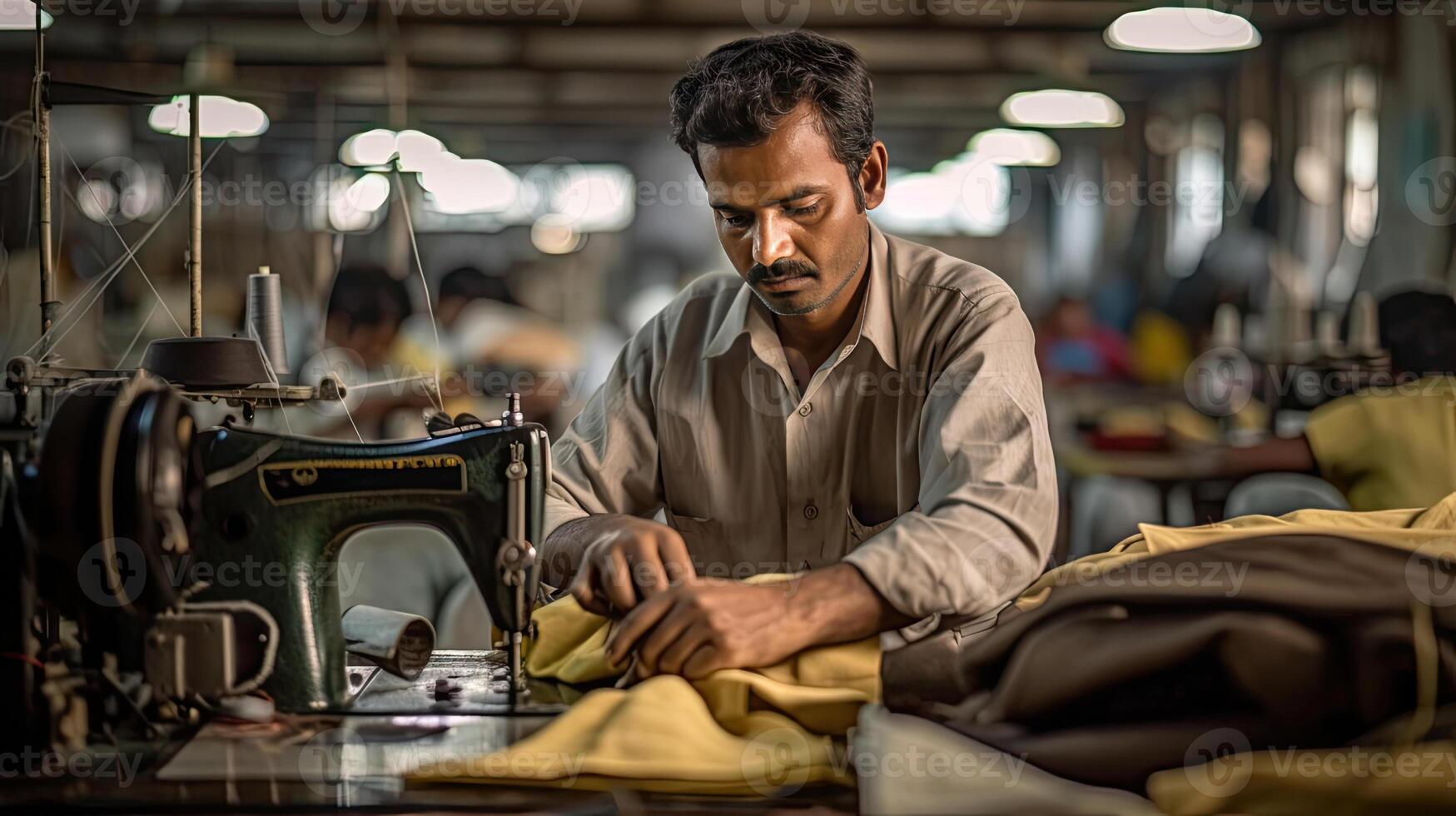Discover the Best Tailor Perth: Costs Tailoring for Distinctive Design
Wiki Article
Recognizing the Tailoring Process: From Material Option to Final Suitable for the Perfect Closet
The tailoring procedure is a complicated interplay of art and scientific research, beginning with the essential decision of textile option and culminating in the precise changes of final fittings. Each textile type brings unique qualities that affect not only the aesthetic appeal however likewise the garment's long life and viability for numerous events.Significance of Material Choice
Choosing the appropriate fabric is crucial in the tailoring process, as it straight affects the comfort, toughness, and general aesthetic of the last garment (tailor perth). The choice of material establishes the structure for the garment's style, functionality, and performance. Various fabrics have distinct residential properties, such as weight, stretch, and breathability, which can considerably influence how the garment drapes and fits the bodyIn addition, material option impacts the garment's long life and simplicity of care. Top quality materials can endure damage, keeping their appearance and framework in time, while lower-quality products may result in pilling or fading. In addition, the best fabric adds to the garment's capacity to shift across occasions and periods, thus enhancing versatility.
A tailored item made from an ideal material not just showcases craftsmanship however likewise boosts the wearer's self-confidence. Recognizing the subtleties of textile option is vital for any customizing undertaking. It makes certain that the end product not just fulfills the aesthetic wishes of the customer yet additionally lines up with useful demands, therefore accomplishing an unified equilibrium between form and function in the tailored wardrobe.
Kinds Of Fabrics and Their Uses
Understanding the numerous types of materials readily available is crucial for making informed choices during the customizing process. Each material possesses distinct qualities that dictate its suitability for specific garments and celebrations.Its adaptability allows it to be customized right into every little thing from tee shirts to dresses. Its natural flexibility aids garments maintain form over time.
Silk exhibits luxury and is light-weight, making it perfect for eveningwear and delicate shirts; nonetheless, it calls for careful handling due to its delicacy. Bed linen, with its textured surface, is a prominent option for warm climates, offering a crisp and ventilated feel, but it wrinkles conveniently, which may influence the garment's look.
Artificial materials, such as polyester and nylon, offer sturdiness and resistance to creases, making them ideal for day-to-day wear and energetic clothing. Recognizing these material types and their properties permits far better decision-making, making certain that each tailored piece not just fits well yet also aligns with the intended function and celebration.
The Tailoring Methods Described
The art of tailoring relies on a range of methods that change material right into well-fitted garments. Central to this procedure is pattern drafting, where a dressmaker produces design templates based upon the customer's dimensions and preferred design. This first action guarantees that the garment will fit the user properly before any kind of reducing takes place.Once patterns are developed, cutting methods come right into play. Accuracy is critical as mistakes can cause misfitting garments. Tailors typically utilize numerous reducing techniques, such as single-layer cutting for detailed styles and multiple-layer cutting for efficiency on standard patterns.
Basting is another important technique, allowing tailors to briefly stitch fabric assemble for a preliminary fitting. This method uses official statement the chance to assess the drape and overall silhouette before final sewing.
Seaming techniques, consisting of flat-felled seams and French joints, enhance the garment's longevity and aesthetic appeal. Tailors likewise utilize strategies such as interfacing and padding to provide structure and shape to specific locations, like shoulders and collars.
Lastly, completing strategies, consisting of hemming and side ending up, make certain the garment's long life while supplying a polished appearance. Together, these techniques develop the foundation of reliable tailoring, resulting in charming, custom-fit garments.
Suitable Modifications and Considerations

Secret considerations consist of the shoulder fit, which ought to neither sag nor limit movement, and the sleeve size, which must enable comfortable arm activity while preserving a polished look. Additionally, adjustments at the waistline can refine the silhouette, with options to let out or absorb fabric as required.
The surge of pants is an additional vital variable; it ought to rest easily over the hips without triggering pain, permitting ease of motion. Hemming sizes for both trousers and skirts should show the user's favored style while appreciating percentages.

Keeping Your Tailored Clothes
Correct maintenance of tailored garments is vital to protecting their fit and appearance over time. To make certain longevity, regular cleaning is critical. Constantly adhere to the treatment tag instructions, which may recommend dry cleansing for delicate materials or device washing for even more long lasting materials. Avoid frequent laundering, as this can put on down the textile and modify the garment's shape.Storage space is equally essential; usage cushioned hangers for layers and coats to maintain shoulder structure, and shop trousers folded up neatly or hung to avoid creasing. Safeguard garments from straight sunlight, which can fade colors and damages fibers.
Furthermore, routine evaluations for minor fixings can prevent bigger problems. Examine for loosened buttons, fraying seams, or indicators of moth damage, attending to these issues promptly to keep the garment's honesty.
Last but not least, think about seasonal turning. Wearing tailored pieces in moderation enables textiles to recoup, prolonging their lifespan. By applying these maintenance methods, you can make certain that your customized garments remain as pristine as the day you initially used them, improving your suitable closet for several years ahead.
Final Thought
The tailoring process, encompassing textile option, skilled strategies, and accurate suitable modifications, plays an important duty in creating garments that improve both convenience and style. Each phase contributes to the overall effectiveness of the last item, guaranteeing that clothes not only fits well but likewise shows individual identification. Comprehending the value of maintenance extends the life of tailored click to find out more garments, solidifying their value in a well-curated closet. A thorough approach to tailoring culminates in a sleek and positive look.Choosing the appropriate fabric is important in the tailoring procedure, as it straight influences the comfort, durability, and general aesthetic of the final garment. The choice of fabric establishes the structure for the garment's capability, design, and efficiency. Various fabrics possess special buildings, such as breathability, stretch, and weight, which can substantially impact just how the garment drapes and fits the body.
The art of customizing counts on a range of strategies that transform textile into well-fitted garments.The tailoring process, encompassing material selection, knowledgeable techniques, and specific fitting changes, plays a critical duty in developing garments that enhance both convenience and style.
Report this wiki page